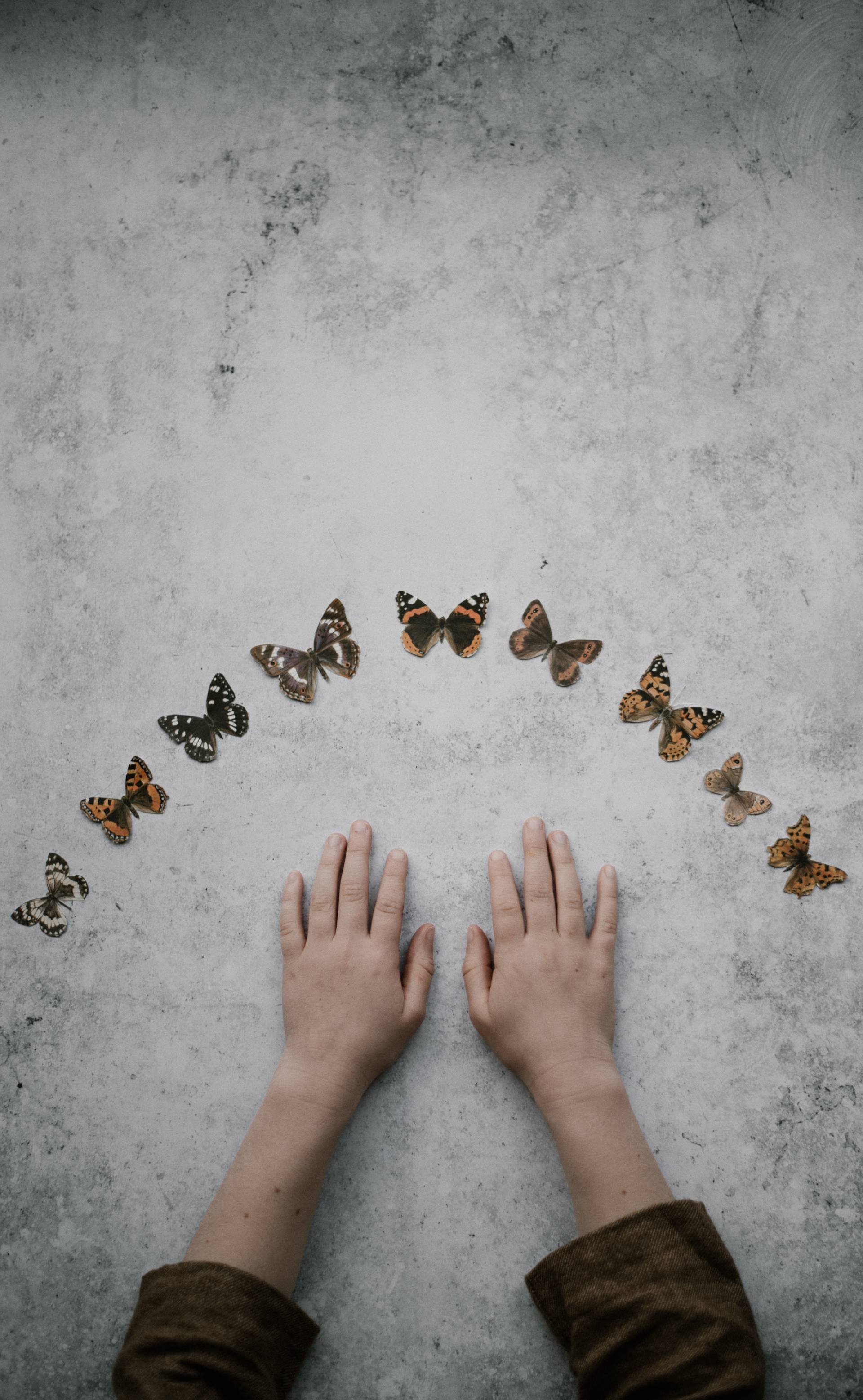Beauty comes in all shapes and sizes… But if an alien species were to come down and visit us from a distant planet, that’s probably not the impression they’d get of us. At least, not in the Western world. They’d assume that beauty is a very specific size and shape; tall, slender, sunken cheeked and mostly caucasian. We have all grown up surrounded on all sides by images of a perfection that we know to be airbrushed and unattainable… Yet have been pushed to aspire to anyway. This culture has led many of us to endure poor self image, body shame and some of us have even had to endure bullying.
As parents, we want to ensure that our kids have a more positive experience growing up than we were allowed and part of that is teaching them about body positivity. Whatever size and shape our kids grow up to be, they deserve to be happy, confident and comfortable in their own skin. Here are some ways in which we can help our kids to grow up body positive…
Think about the toys you buy them
While it’s never too early to start having conversations with our kids about body positivity, our actions often speak louder than our words. Even the toys we buy our kids to play with can inadvertently harm our kids’ body image by warping their standards of beauty. Barbie dolls alone have helped to perpetuate an unrealistic and even unhealthy standard of beauty that has led to body image issues in young girls. Buy toys that demonstrate appropriate and realistic beauty standards like the Our Generation Dolls here. You’d be astonished at the difference it can make.
Call out stereotypes whenever you see them
Stereotyping is an easy / lazy way to create comedy, but it’s so ubiquitous both in the media that our kids consume and in their own interactions in school and friendship groups, we can forget that we must guard against it. As harmless as it may seem in a cartoon or playground joke it can actually have a detrimental effect on a child’s development. Don’t be afraid to call out stereotypes to your kids whether they come from the screen, the playground or their own mouths.
Challenge their preconceptions
Our media, especially our children’s media does a lot of coding based on appearance. It assumes that beautiful people are always the good guys while the less attractive or perfectly proportioned are wither the baddies or the slow witted oafs who are there for comic relief. While there are some exceptions (Beauty & The Beast’s Gaston is at least as air headed as Lefou despite his more idyllic appearance) this can also raise our kids to attribute character value to beauty. Don’t be afraid to challenge these preconceptions and find examples to show where more attractive characters can be less than virtuous.
Don’t wait until their teen or pre-teen years to approach the subject of body positivity. By then they’ll likely have started to assemble their own thoughts on the matter. Approach the subject early in their development and they will develop a far more mature and enlightened approach to their own appearance and that of others.
Disclosure: This is a collaborative post.

